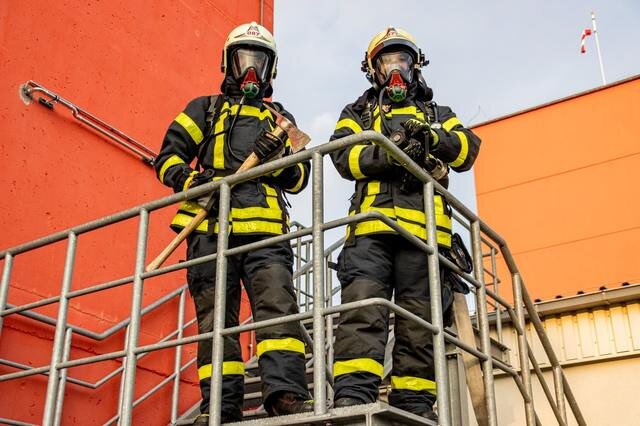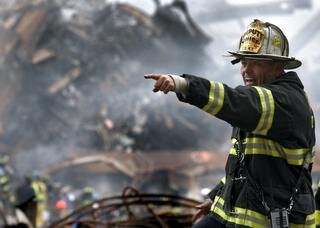Every time wildland firefighters face an emergency, they get exposed to harmful contaminants from the ruins of the scene. If not for their protective gear, it would be impossible for them to do their jobs. On that note, it’s highly required to perform proper maintenance and storage, even identifying when their PPE is already due for a replacement.
Maintenance Methods for Wildland PPE
Wildland PPE should be maintained in its best condition. Like any kind of equipment, a firefighter’s protective gear must undergo standard cleaning and repair methods.
Most importantly, any flammable contaminants present on the gears must be completely cleaned and removed through meticulous washing or wiping.
Firefighter garments can either be washed at home or sent to industrial laundering services. If the apparel is washed at home, find out the specific guidelines for removing various kinds of flame-resistant (FR) or flame-retardant (FRD) fabrics.
Industrial laundering services know all the particular methods for washing wildland PPE, which is preferable for regular bulk batches.
For repairs, it’s best to consult with the manufacturer’s standards to determine if the gear is redeemable or replaceable.
Proper Storage of Wildland PPE
Fire stations are mandated to follow storage protocols on all of their equipment. All issued wildland PPE lockers are dedicated to secure the storage of clean ‘head-to-toe’ gears.
Storage areas must have proper ventilation to avoid high humidity and dampness. The gears should also be protected from direct sunlight. Never store PPE where it’s constantly exposed to the sun.
Wildland PPE is not supposed to be worn or stored at home. It could be exposed to contaminants that will affect the FR properties of the fabric. Home washing might only be ideal for emergencies, and it’s highly advised to separate the PPE from other garments.
Firefighters should also be responsible for their own gears, including a regular self-implemented inspection to ensure that the gears are always ready and safe to use. Comprehensive inspections also prevent reckless storage methods of officers.
When should wildland PPE be replaced?
There are two main causes for the replacement of wildland PPE: (1) the severity of contaminant exposure or (2) if it meets the retirement criteria specified by the NFPA 1977.
Let’s look at a few points that can help determine the viability of wildland PPE.
Degradation in some localized areas of the gear materials or fabric.
Presence of contaminants that are impossible to remove from the gear.
Soil buildup and other elements that affect the protective performance of the gear.
Suggested age proximity/lifespan of the PPE ensemble components.
If the gear goes through tough service situations that may elicit its early retirement, fire departments have objective criteria provided in NFPA 1977. It is outlined in the field evaluation process to determine when it’s time to replace the wildland PPE.
Visit us here to shop for our high-quality wildland fire gear, equipment, tools, and station wear!















